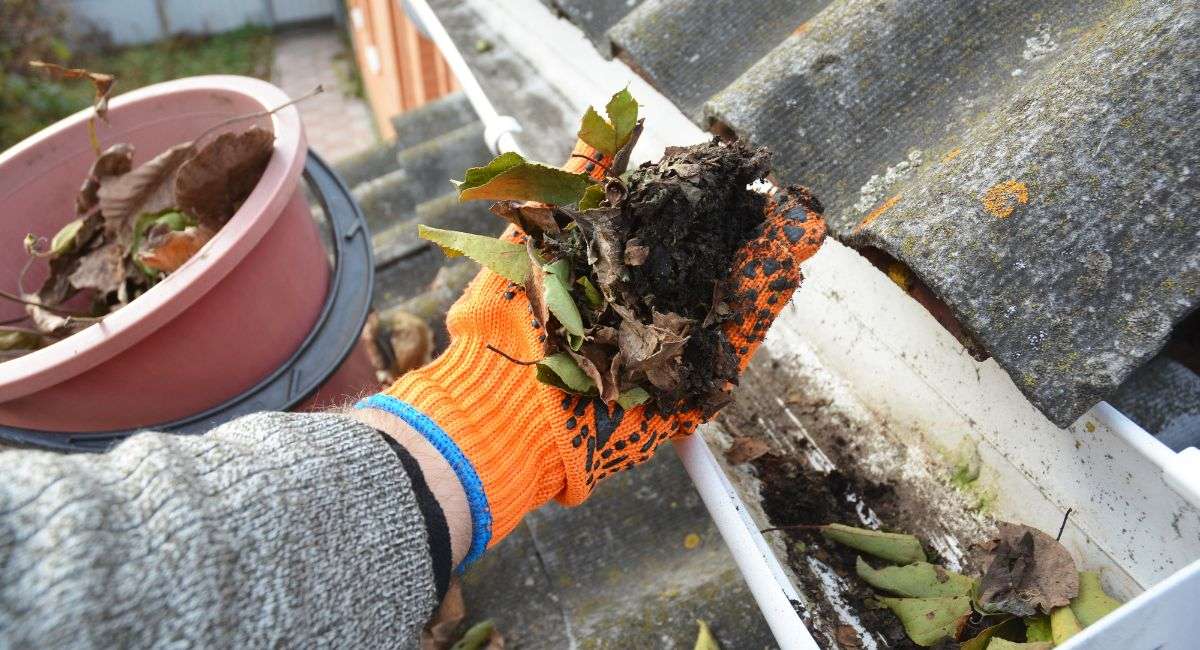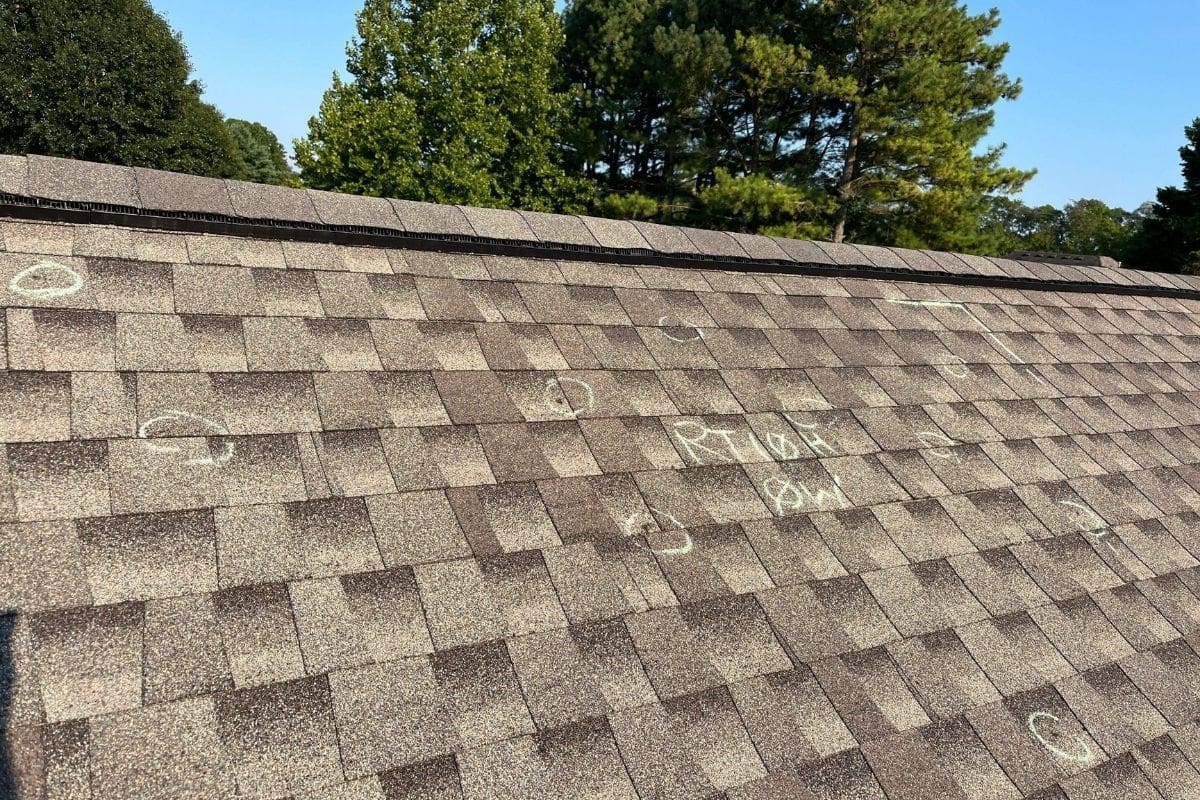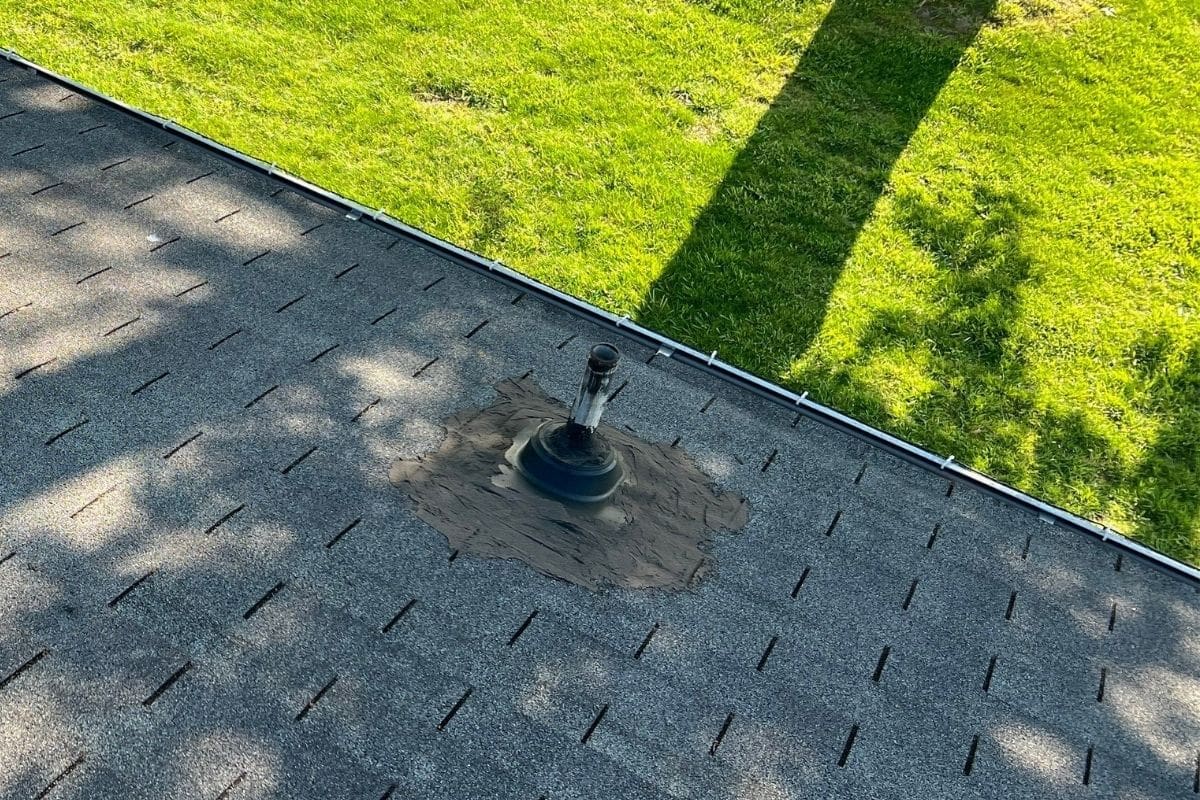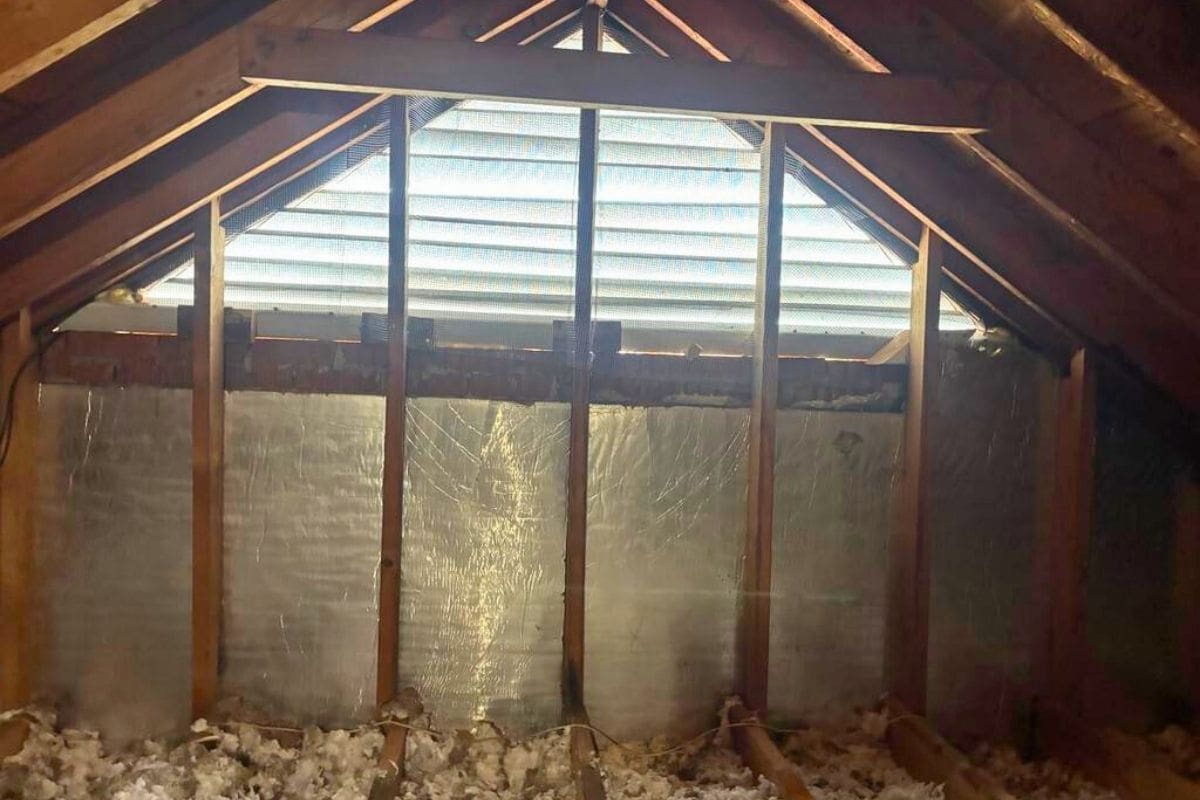The Ultimate Roof Maintenance Checklist for Homeowners
Your roof is the silent guardian of your home. It works tirelessly, 24/7, protecting your family and your most valuable possessions from blistering sun, torrential rain, hail, and high winds. Yet, for most homeowners, it’s a classic case of “out of sight, out of mind”—until a dark spot appears on the ceiling. By then, a small, easily preventable issue has likely become a costly, stressful emergency.
Proactive maintenance is the single most effective way to maximize your roof’s 15-25 year lifespan and avoid a premature, five-figure replacement cost. This guide walks you through what a professional looks for, season after season.
1. Gutters & Downspouts: Your Roof’s Critical Drainage System

The Problem: It’s easy to dismiss clogged gutters as a minor fall cleanup task, but they are a primary catalyst for severe home damage. A one-inch rainfall on an average-sized roof produces over 600 gallons of water. When leaves, pine needles, and shingle granules create a dam, that water has nowhere to go but over the edge or, even worse, back up under the eaves of your roof.
This constant overflow can lead to:
- Rotting Fascia and Soffits: The wood trim behind your gutters can become saturated, leading to rot that requires costly carpentry repairs.
- Roof Deck Damage: Water pooling at the roof’s edge can seep underneath shingles, rotting the underlying wood deck and compromising your roof’s structural integrity.
- Foundation Issues: Water cascading over the gutters saturates the soil around your home. Over time, this can create hydrostatic pressure, leading to cracks in your foundation.
- Winter Ice Dams: In winter, trapped water in clogged gutters freezes, creating heavy ice dams that can pry shingles loose and force melting snow back into your home.
The Professional Solution: Gutter cleaning is a messy, time-consuming, and potentially dangerous task. Our technicians not only clear all debris from your gutters and downspouts but also inspect them for proper pitch and secure attachment. This critical first step is included in our Roof Maintenance Plan to ensure water flows freely and safely away from your home.
2. Shingle Inspection: The Condition of Your Roof’s Armor

The Problem: Your shingles bear the brunt of the weather. The sun’s UV rays bake the asphalt, wind can break the sealant bonds between them, and hail can create unseen fractures. A single compromised shingle is an open invitation for water.
What to Look For (From the Ground):
- Missing, Cracked, or Curled Shingles: These are urgent red flags that your roof’s defenses have been breached.
- “Granule Loss”: Finding a build-up of black, sand-like particles in your gutters is a serious sign of aging. These ceramic granules are the shingle’s protection against the sun. Once they’re gone, the asphalt underneath rapidly deteriorates.
- Broken Sealant: Even if shingles look fine, high winds can break their adhesive seal. This allows subsequent wind and rain to lift the shingle and drive water underneath.
The Professional Solution: A trained professional can spot subtle signs of widespread wear that are invisible from the ground, like hail bruising or lifting from broken seals. As part of our maintenance plan, we conduct a detailed, on-roof inspection to identify and address any damaged shingles before they can cause a leak.

3. Pipe Collars & Vent Seals: The Hidden Point of Failure
The Problem: Your plumbing system vents through pipes on your roof. Each pipe is sealed with a flexible “boot” or “collar,” usually made of rubber. Under constant UV exposure, these rubber seals are a ticking time bomb—they are often the very first component on your entire roof to dry-rot, crack, and fail. A cracked pipe collar is a guaranteed future leak that most homeowners never see coming.
What to Look For: This is nearly impossible to inspect safely from the ground. It appears as a visible crack or crumbling of the rubber seal right around the base of a vent pipe.
The Professional Solution: This is a cornerstone of our Roof MD Maintenance Plan. We consider this such a critical preventative measure that we don’t just inspect these vulnerable seals—we install brand new, long-lasting pipe collars during our visit. This single, inexpensive proactive step prevents one of the most common and damaging types of roof leaks, saving you thousands in potential interior repairs.
4. Flashing: The Water-Tight Seals

The Problem: Flashing consists of metal pieces that direct water away from joints and intersections—where the roof meets a wall, chimney, or skylight, and in the “valleys.” Flashing fails when the metal corrodes, is lifted by wind, or when the sealant used to waterproof it dries out, cracks, and pulls away due to years of thermal expansion.
What to Look For: From the ground, look for rust streaks running down from a chimney or wall. You may also see areas where flashing appears to be pulling away from the roof.
The Professional Solution: Our technicians inspect every inch of flashing, securing any lifted sections and resealing areas where old caulk is failing. We also seal exposed fasteners to eliminate these subtle but persistent entry points for water.
5. Attic Inspection: The View From a Leak’s Perspective

The Problem: Your attic provides the earliest evidence of a roofing issue. It can also tell you if poor ventilation is shortening your roof’s life by trapping heat and moisture.
What to Look For: With a good flashlight, scan the underside of the roof deck for:
- Visible Daylight: Even a pinhole of light means water can get in.
- Dark Stains or Streaks on the Wood: Telltale signs of a leak.
- Damp, Compacted, or Moldy Insulation: Indicates moisture is getting in.
- Poor Ventilation: In summer, trapped heat can cook your shingles from below. In winter, warm, moist air can cause condensation and frost to form on the underside of your roof, which then melts and drips as if there’s a leak.
The Professional Solution: Our team knows exactly what to look for, tracing signs of moisture back to their source on the roof. An attic check is a key part of our diagnostic process.
The Professional Difference: Beyond the Checklist
While this checklist empowers you with knowledge, nothing replaces the efficiency, safety, and expertise of a professional. The Roof MD Roof Maintenance Plan isn’t just an inspection; it’s a comprehensive tune-up for your home’s most important asset.
For a fixed, transparent price, our certified technicians will:
Perform a Comprehensive Debris Blow-Off.
- Why this matters: It removes moisture-trapping debris that accelerates shingle aging and reveals hidden damage.
Clean Gutters and Downspouts.
- Why this matters: It protects your foundation, fascia, and roof edge from water damage.
Install New, Durable Pipe Collars.
- Why this matters: It neutralizes the #1 cause of roof leaks before it ever has a chance to start.
Secure Any Lifted Flashing.
- Why this matters: It re-secures your roof’s most vulnerable areas against wind-driven rain.
Seal Exposed Nail Heads and Fasteners.
- Why this matters: It closes off the subtle entry points that lead to slow, hidden leaks and wood rot.
Your home is likely your biggest investment. A small, annual check-up is the smartest way to protect it. The choice isn’t just about maintenance; it’s about securing your peace of mind, whatever the weather brings.
Ready to put your roof in the hands of experts?
Learn More and Book Your Roof Maintenance Plan Today! Or, if you have a specific concern, schedule your no-obligation roof inspection with the Roof MD team.
